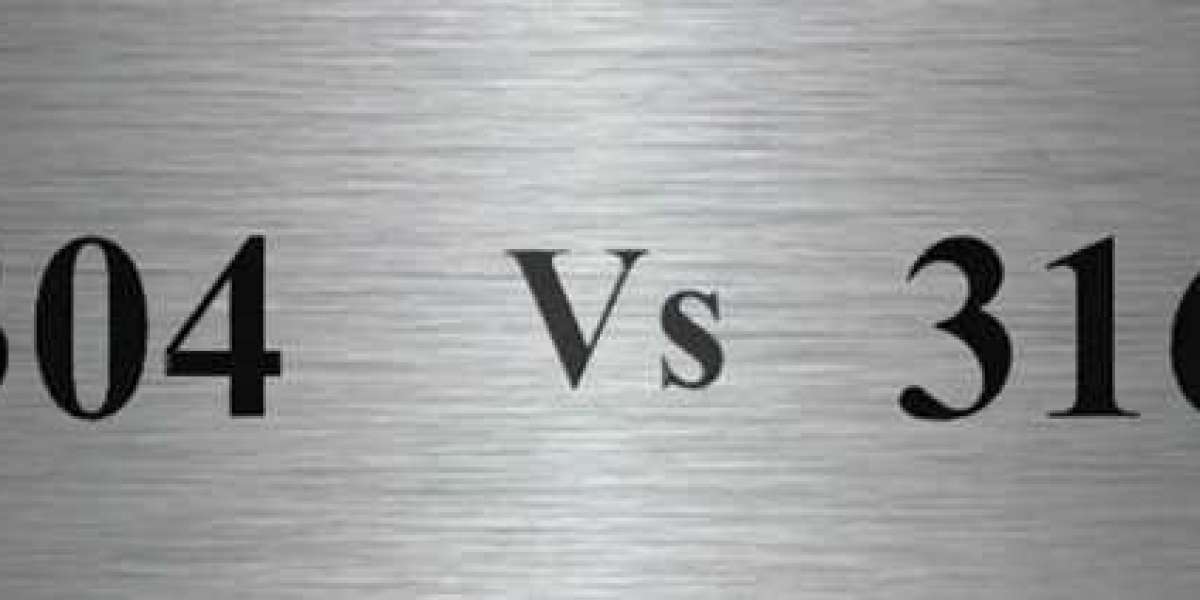What are Stainless Steel Bright Bars?
Bright bars are stainless steel bars that have undergone a rigorous process of drawing, peeling, and grinding to achieve a smooth, polished finish. This process enhances their strength, precision, and corrosion resistance, making them ideal for various applications in construction, automotive, manufacturing, and other industries.
Stainless Steel 304: The Basics
Composition
Stainless steel 304 is an austenitic stainless steel containing 18% chromium and 8% nickel. This composition gives it excellent corrosion resistance, formability, and weldability. The addition of chromium provides a passive layer of chromium oxide on the surface, which prevents further corrosion.
Properties
- Corrosion Resistance: 304 stainless steel offers good corrosion resistance in various environments, including freshwater and mildly acidic conditions.
- Mechanical Properties: It has a tensile strength of about 515 MPa (75 ksi) and a yield strength of 205 MPa (30 ksi).
- Formability: It can be easily formed and drawn into various shapes.
- Weldability: It can be welded by all standard fusion methods, both with and without filler metals.
Applications
Stainless steel 304 bright bars are used in:
- Construction: Structural components, architectural features, and fasteners.
- Automotive: Exhaust systems, trim, and decorative parts.
- Food Processing: Equipment and machinery that require hygienic surfaces.
- Medical Devices: Surgical instruments and medical implants.
Stainless Steel 316: The Basics
Composition
Stainless steel 316 is also an austenitic stainless steel but contains 16% chromium, 10% nickel, and 2-3% molybdenum. Adding molybdenum significantly enhances its corrosion resistance, especially against chlorides and other industrial solvents.
Properties
- Corrosion Resistance: Superior to 304, particularly in chloride-rich environments such as marine and coastal areas.
- Mechanical Properties: It has a tensile strength of approximately 579 MPa (84 ksi) and a yield strength of 290 MPa (42 ksi).
- Weldability: It can also be welded by all standard methods but may require post-weld annealing for optimal corrosion resistance.
Applications
Stainless steel 316 bright bars are used in:
- Marine: Boat fittings, pumps, and valves exposed to seawater.
- Chemical Processing: Equipment that handles corrosive chemicals.
- Medical Devices: Implants and surgical instruments requiring higher corrosion resistance.
- Pharmaceuticals: Equipment and containers where contamination is a concern.
Comparison: Stainless Steel 304 vs. 316
Corrosion Resistance
While both grades offer good corrosion resistance, 316 is superior, especially in environments exposed to chlorides, acids, and harsh chemicals. The molybdenum content 316 enhances its ability to resist pitting and crevice corrosion, making it a better choice for marine and chemical applications.
Mechanical Properties
316 stainless steel generally has higher tensile and yield strength compared to 304. This makes 316 a better choice for higher mechanical strength and durability applications.
Cost
Due to its higher nickel and molybdenum content, 316 stainless steel is more expensive than 304. The cost difference can be significant, particularly for large-scale projects, making 304 a more economical choice for applications where extreme corrosion resistance is not a primary concern.
Temperature Resistance
Both grades perform well at high and low temperatures, but 316 offers better performance at elevated temperatures due to its higher strength and resistance to scaling.
Aesthetic Considerations
Both 304 and 316 bright bars have a high-quality, shiny finish, making them aesthetically appealing for decorative applications. However, the choice between the two may depend more on environmental conditions and required durability than on appearance alone.
Making the Right Choice
Environmental Conditions
- Mild Conditions: For environments with low exposure to chlorides and harsh chemicals, stainless steel 304 bright bars are often sufficient.
- Harsh Conditions: For environments exposed to chlorides, acids, or industrial solvents, stainless steel 316 is the better option due to its enhanced corrosion resistance.
Budget
- Cost-Effective: If budget constraints are a significant factor, 304 may be the preferred choice, offering a good balance between cost and performance.
- Long-Term Investment: If long-term durability and lower maintenance costs are prioritized, the higher initial investment in 316 stainless steel can be justified.
Specific Application Requirements
- Strength and Durability: For applications requiring higher mechanical strength, such as marine and chemical processing, 316 is the better choice.
- Formability and Aesthetics: Both grades offer excellent formability and a high-quality finish, so the decision may come down to specific environmental and mechanical requirements.
Technical Specifications and Standards
ASTM and ISO Standards
Various international standards cover both 304 and 316 stainless steels, ensuring consistency in quality and performance. Key standards include:
- ASTM A276: Standard Specification for Stainless Steel Bars and Shapes.
- ASTM A484: General Requirements for Stainless Steel Bars, Billets, and Forgings.
- ISO 683/13: Heat-treatable, alloy, and free-cutting steels.
Adherence to these standards guarantees that the stainless steel bright bars meet the necessary mechanical and chemical property requirements for their intended applications.
Manufacturing Processes
Production and Finishing Techniques
The production of stainless steel bright bars involves several steps to ensure high precision and quality:
- Melting and Casting: The raw materials are melted in an electric arc furnace and cast into billets or slabs.
- Hot Rolling: The cast billets are hot-rolled to reduce their thickness and shape them into bars.
- Annealing: The bars are annealed to relieve internal stresses and improve ductility.
- Pickling and Passivation: The surface oxides are removed through pickling, and the bars are passivated to enhance corrosion resistance.
- Cold Drawing: The bars are cold drawn to achieve the desired size, shape, and surface finish.
Quality Control
Strict quality control measures are implemented at every production stage to ensure the final product meets the required standards. These measures include:
- Chemical Analysis: Ensuring the correct composition of elements.
- Mechanical Testing: Verifying tensile strength, yield strength, and elongation.
- Surface Inspection: Checking for defects and ensuring a smooth, polished finish.
Sustainability and Recycling
Stainless steel's sustainability stems from its high recyclability. Both 304 and 316 stainless steels can undergo indefinite recycling without losing their properties, thereby contributing to a circular economy. The recycling process involves:
- Collection and Sorting: Operators collect scrap stainless steel and sort it by grade based on its chemical composition and properties.
- Melting: Next, they melt the sorted scrap in an electric arc furnace to achieve a molten state.
- Refining: During this stage, metallurgists refine the molten metal to precisely adjust its composition, ensuring it meets specific quality standards.
- Casting and Rolling: Once refined, the molten metal is cast into billets or slabs and then hot-rolled into the desired dimensions and shapes, such as square bars.
Conclusion
Stainless Steel 304 vs. 316 bright bars each have unique properties that make them suitable for various applications. Understanding the differences in composition, properties, and cost can help you choose the right material for your specific needs. Whether you prioritize cost-effectiveness or require superior corrosion resistance and strength, there is a stainless steel grade that fits your project requirements perfectly. By considering the environmental conditions, budget constraints, and specific application requirements, you can make an informed decision and ensure the success and longevity of your project.








